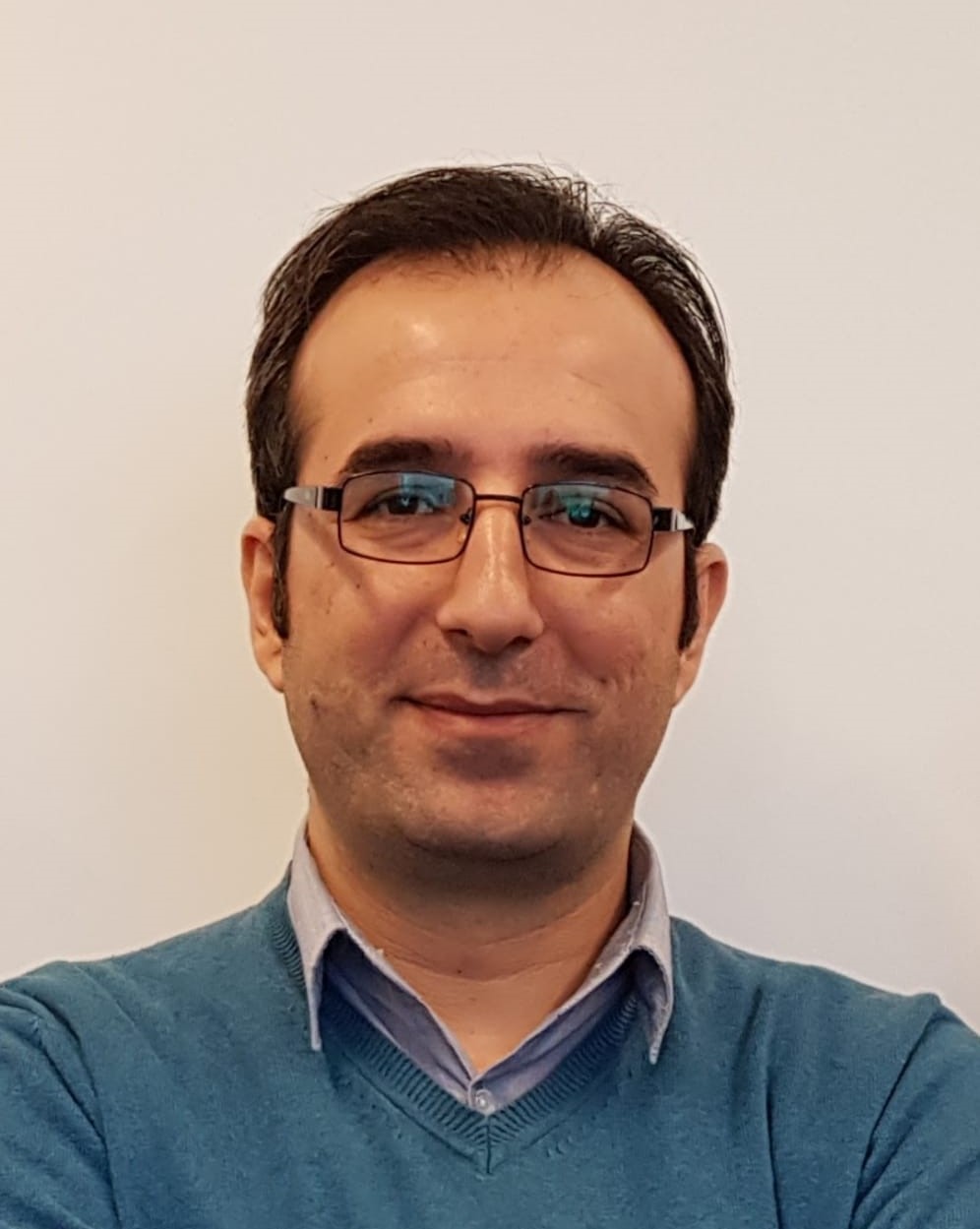The Constitutional Declaration: A Reproduction of Tyranny
By Shoresh Darwish
It is challenging for the recent supporters of Ahmed al-Sharaa – those who were not part of his group or supporters before 8 December – to justify the issuance of the constitutional declaration, which entrenches and details the features of autocratic and fascistic rule. Proponents and drafters of the declaration may argue for its acceptance as a temporary measure (with “temporary” referring to five years or potentially more, as stated in Article 52). However, this implies an acceptance of autocratic rule and a singular state identity in a toxic trade-off reminiscent of Assad’s regime: agreeing to tyranny in exchange for stability. This sets a precedent for perpetuating rule that starts with a five-year timeline, uncertain of when it will end. Such an extended period would likely solidify the state’s identity and erode the values of equal citizenship.
Individual rule begins with the consolidation of authority
From a practical standpoint, the new constitutional declaration does not differ from Bashar al-Assad’s constitution except in granting even more powers to the President of the Republic. While the Baath regime consolidated all executive, judicial, and legislative powers in Assad’s hands, the recent declaration merely repeats this original sin. It provides additional space for authoritarian rule, undermining the principle of electing members of the House of Representatives and selecting representatives through a national conference to serve in a temporary parliament that would ideally exercise broad powers separate from the executive branch.
The sessions of the Baathist People’s Assembly were characterized by appointments, electoral fraud, and dominance by members affiliated with the Baath Party, the National Progressive Front, and clientelistic networks tied to the regime. Despite its limited powers and poor performance, the Assembly allowed for minimal participation from those outside the Assad regime. In contrast, the new constitutional declaration places the responsibility of selecting members of the Assembly entirely in the president’s hands. According to Article 24, Al-Sharaa appoints a higher committee to choose the members of the People’s Assembly, which in turn supervises subsidiary bodies that are supposed to select (or elect, as the text states) two-thirds of the members. The president selects the remaining third; however, in practice, the president effectively chooses all Assembly members. This means each “deputy” is determined by a single vote: that of the president!
Moreover, rather than striving to move away from the regime’s fabrication of “popular representation” by associating the name of the people with parliamentary representatives, the constitutional declaration reaffirmed that the name of the parliament is not the House of Representatives but the People’s Assembly. This is reminiscent of totalitarian and dictatorial regimes that emblazon the name of the people on all instruments of power while denying the people any real presence in the mechanisms of governance.
In addition to overwhelming control over the legislative authority, the judicial authority also did not escape unscathed. The text perpetuated by the Baath regime resurfaced in the declaration, with Article 47 stating that the president nominates the members of the Constitutional Court. This means that the president controls the highest judicial authority in the country, even though the second paragraph of Article 1 insists on the “separation of powers.”
Furthermore, this pervasive interference extends to the executive branch, which is now entirely beholden to the president’s whims, lacking any frameworks for oversight or accountability. One committee member even struggled to provide an answer when questioned about mechanisms for holding the president accountable. It became clear to her and her colleagues that they had crafted a declaration that deliberately removes any semblance of accountability and blurs the lines between the three branches of government.
The constitutional declaration is not a minor detail that can be overlooked; it represents a crucial point of renewal and a break with Assadism. Despite the diminishing role of the constitution in the lives of Syrians since the Baath regime seized control of the state and society, recent negotiations in Geneva between Assad and his opponents highlighted its importance. The international envoy to Syria, Staffan de Mistura, designated one of the four baskets aimed at resolving the Syrian crisis for constitutional reform. This led to the formation of three working groups: one for the opposition, another for the regime, and a third for civil society.
At the heart of the demands from the opposition and a significant segment of civil society was a focus on amending and reforming clauses that enshrine individual rule while seeking to curtail presidential powers. However, following the ousting of Assad, discussions regarding power structures and national identity seemingly dissipated. The reality appears to be that the opposition was primarily interested in replacing Bashar al-Assad rather than reforming the very text that elevated him to an absolute ruler.
The lack of reaction to the constitutional declaration, which seems to have been crafted from the same imagination that designed the Assad constitutions.
The absolute powers vested in the declaration to impose a state of emergency, whether in whole or in part, as well as the authority to declare mobilization and war, illustrate a significant concentration of power in the hands of the president. This dynamic effectively reduces the role of the state, the will of society, and the functionality of institutions to the whims of a single individual.
Reflecting on the sentiments of Assad’s opponents in the early 2000s can provide critical context. They warned the regime that clinging to all governing powers while maintaining Article 8 of the constitution—a provision that entrenches the ruling party’s authority—would render them solely accountable for the country’s fate. This warning is particularly poignant today, the refusal to share responsibilities and powers means that the Sharaa put him self in the trap of individual rule, which means bearing full responsibility for what will befall the country during the long transitional period of corruption, impoverishment, massacres and mismanagement.
Syrian Arab Republic and the Exclusion of the Kurds
In one of the justifications for adopting the name ‘The Syrian Arab Republic,’ one of the committee members, Judge Abdul Hamid Al-Awack, referred the matter of the name to the name that Syria had in 1920, referring to what was stated in the constitution of King Faisal bin Al-Hussein, when Syria was a monarchy and not yet a republic, and when the Kurdish regions in the upper Jazira were not attached to this country or were not a clearly defined part of the Syrian map. In any case, the committee chose the name but ignored the other articles of the Faisal constitution, which stated that Syria is a decentralized and ‘secular’ state according to the foundational provisions of this entity. Meanwhile, the judge preferred to explain that the name ‘The Syrian Arab Republic’ is a product of the policy of the Separation Government (1961-1963) when Syrians sought to outdo each other over the nationalism of Gamal Abdel Nasser in order to demonstrate that the secessionists did not harbor feelings of animosity towards the idea of Arabism.
The decision to include the term “Arab” during the Second Republic – which lasted until the fall of Bashar al-Assad – can be attributed to two primary factors. First, this move aligns with Turkish interests. Turkish Foreign Minister Hakan Fidan reiterated that Syria should be referred to as the “Syrian Arab Republic,” indicating Turkey’s desire to prevent any changes in Syria that might affect its own situation. This naming insists that the majority impose its identity on the nation, thereby placing the Turkish minister as the eighth member of the constitutional drafting committee, solidifying these views in Article 2 of the chapter on general provisions.
The second factor relates to the influence of those hostile to a pluralistic society, who are steeped in Baathist nostalgia, viewing ethnic diversity through denial and exclusion.
Shortly after the signing of the agreement between Mazloum Abdi, the commander-in-chief of the Syrian Democratic Forces (SDF), and interim president Ahmad al-Sharaa on March 10, the leadership in Damascus violated the most critical aspect of that accord: the guarantee of Kurdish rights to citizenship and constitutional recognition. This breach undermines the agreement and deepens the mistrust between Kurdish communities and the Syrian regime.
This incident further complicates the ongoing dialogue surrounding constitutional rights, suggesting that Kurdish demands will remain unfulfilled as long as the president and his regime resist amending the articles of the constitution that reinforce the state’s Arab identity. Article 50 of the constitution permits amendments if two-thirds of the People’s Assembly members approve them based on the president’s proposal.
Realistically, Al-Sharaa and those who drafted the constitution have squandered the opportunity for Syria to become a neutral state towards its citizens for the next five years. The issue of adopting Islamic jurisprudence as the primary source of legislation, along with the denial of the presence of Kurds and other ethnicities in Syria, has undermined essential principles of fairness, justice, and equality known as ‘state neutrality.’ In fact, ‘Sharia Syria’ has become increasingly alienating to the components of the country, undermining the principle of equal citizenship by granting preferential rights to some while denying equality and partnership to others. This indicates a deepening fragmentation of the country’s social, political, and regional fabric. The protests from the Kurds and the Druze’s rejection of the constitutional provisions, coinciding with the massacres against the Alawites, are vivid reflections of Syria’s fragile and divided reality – one that has been squandered by its rulers through a combination of extremism and ignorance, preventing the reconstruction of the nation after decades of dictatorship and oppression. A careful reading of the constitutional declaration reveals significant contradictions and the entrenchment of one-man rule. In more somber terms, the constitutional declaration has paved the way for tyranny and fascism in the country.




Comments are closed.